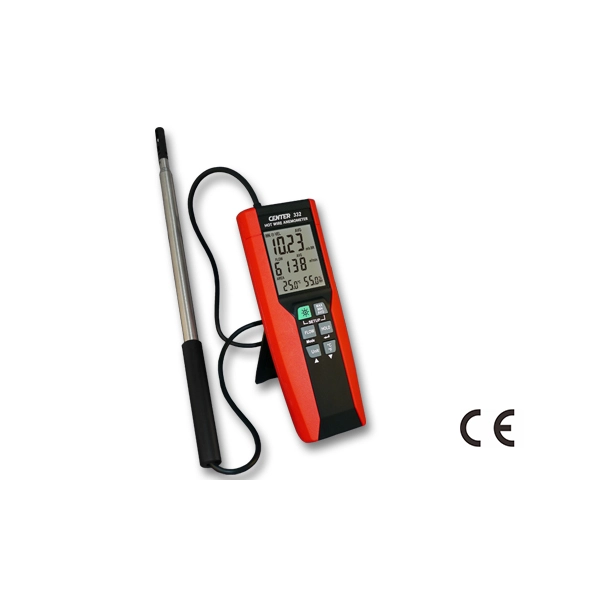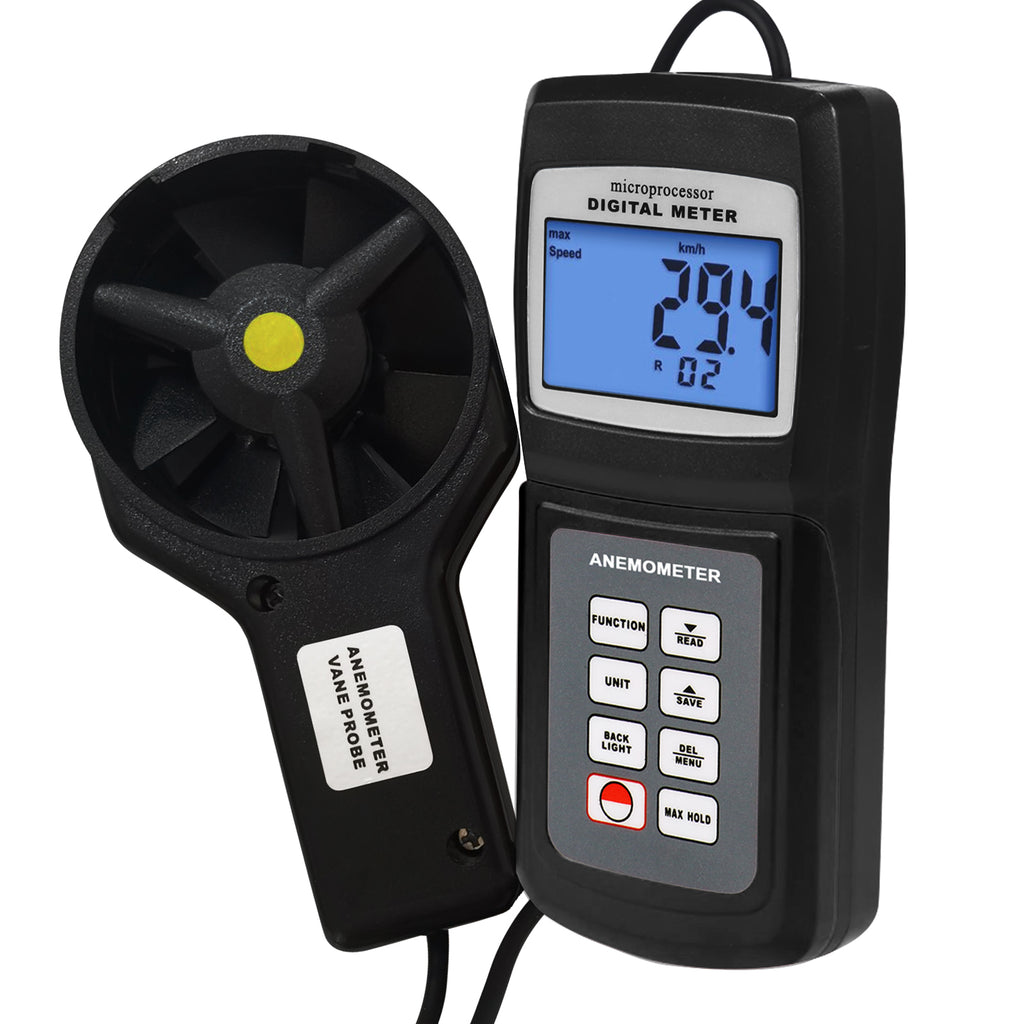How to Maintain and Take Care Of Your Anemometer to Make Certain Longevity
How to Maintain and Take Care Of Your Anemometer to Make Certain Longevity
Blog Article
All You Required to Learn About Anemometers: Exactly How They Function, Why They Matter, and Where to Utilize Them
Anemometers, though frequently overlooked in the realm of clinical instruments, play an important role in numerous fields, providing beneficial understandings into wind rate and airflow patterns. As we delve into the complexities of anemometer innovation, we will uncover the inner workings of these tools, their importance, and the vital factors to consider when choosing the ideal anemometer for certain applications.

Anemometer Basics
An essential tool utilized to measure wind speed and instructions, the anemometer plays a crucial duty in weather forecasting and numerous sectors. An anemometer typically is composed of three or 4 cups that revolve in the wind, a vane that points right into the wind, and sensors to track the rotations or activities.
There are numerous types of anemometers available, including cup anemometers, vane anemometers, hot-wire anemometers, and sonic anemometers, each with its special attributes and applications. Cup anemometers are generally used for basic wind rate measurements, while vane anemometers are chosen for directional measurements.
Concepts of Anemometer Operation
Building on the fundamental understanding of anemometer essentials, the concepts of anemometer procedure clarify the mechanics behind wind speed and direction measurements. Anemometers operate on the principle of airflow influencing a sensing unit, triggering it to revolve. Cup anemometers, for example, have 3 or more cups that capture the wind, triggering them to spin quicker as the wind rate increases. The turning speed is after that transformed right into a wind rate measurement. Vane anemometers, on the various other hand, use a tail or a probe that aligns itself with the wind direction, supplying a dimension of wind direction based upon the positioning of the sensing unit. Hot-wire anemometers count on a warmed wire that cools down as wind overlooks it, with the price of cooling figuring out the wind speed. Ultrasonic anemometers step wind rate and direction by examining the moment it takes for ultrasonic signals to take a trip in between transducers. Understanding these principles is critical for reliable and precise wind dimensions in different applications.
Significance of Anemometers
Anemometers play a vital duty in gauging wind rate and instructions, supplying necessary information for climate projecting, environment studies, ecological surveillance, and aeronautics procedures. Meteorologists count on anemometers to collect precise wind data, helping them understand weather patterns, predict tornados, and look what i found concern prompt cautions to the public. Wind ranch drivers make use of anemometers to assess wind conditions and make best use of power manufacturing from wind generators.
Applications Across Numerous Industries
In the renewable energy sector, anemometers play a critical duty in evaluating wind conditions for wind farm placements, ensuring optimal energy manufacturing. Industries like construction and mining use anemometers to check wind rates, crucial for security methods, especially when functioning at elevations or in open-pit mines where strong winds can posture hazards. In agriculture, anemometers assist farmers in handling plant splashing by supplying real-time information on wind speed to prevent drift.

Selecting the Right Anemometer for Your Demands
Selecting the ideal anemometer tailored to your specific demands is vital for getting precise wind rate and direction dimensions. When choosing an anemometer, take into consideration elements such as the desired application, required measurement array, environmental conditions, and desired features. For basic functions, a mug anemometer is ideal for gauging wind speed, while a vane anemometer provides wind instructions information. Hot-wire anemometers are perfect for reduced airspeed measurements, and ultrasonic anemometers provide high accuracy and durability.

Verdict
In verdict, anemometers play a critical role in determining wind rate and direction across different sectors. It is essential to take into consideration the importance of anemometers in order to make enlightened decisions when picking the most ideal device for determining wind problems.
There are various types of anemometers readily available, including mug anemometers, vane anemometers, hot-wire anemometers, and sonic anemometers, each with its unique features and applications. Mug anemometers are commonly made use of for basic wind speed dimensions, while vane anemometers pop over to this site are liked for directional dimensions. Hot-wire anemometers are appropriate for low airspeeds, and sonic anemometers are optimal for high-precision measurements in research and commercial settings.Structure on the foundational understanding of anemometer fundamentals, the principles of anemometer operation elucidate the auto mechanics behind wind speed and direction measurements. For general functions, a mug anemometer is ideal for measuring wind speed, while a vane anemometer provides wind instructions information.
Report this page